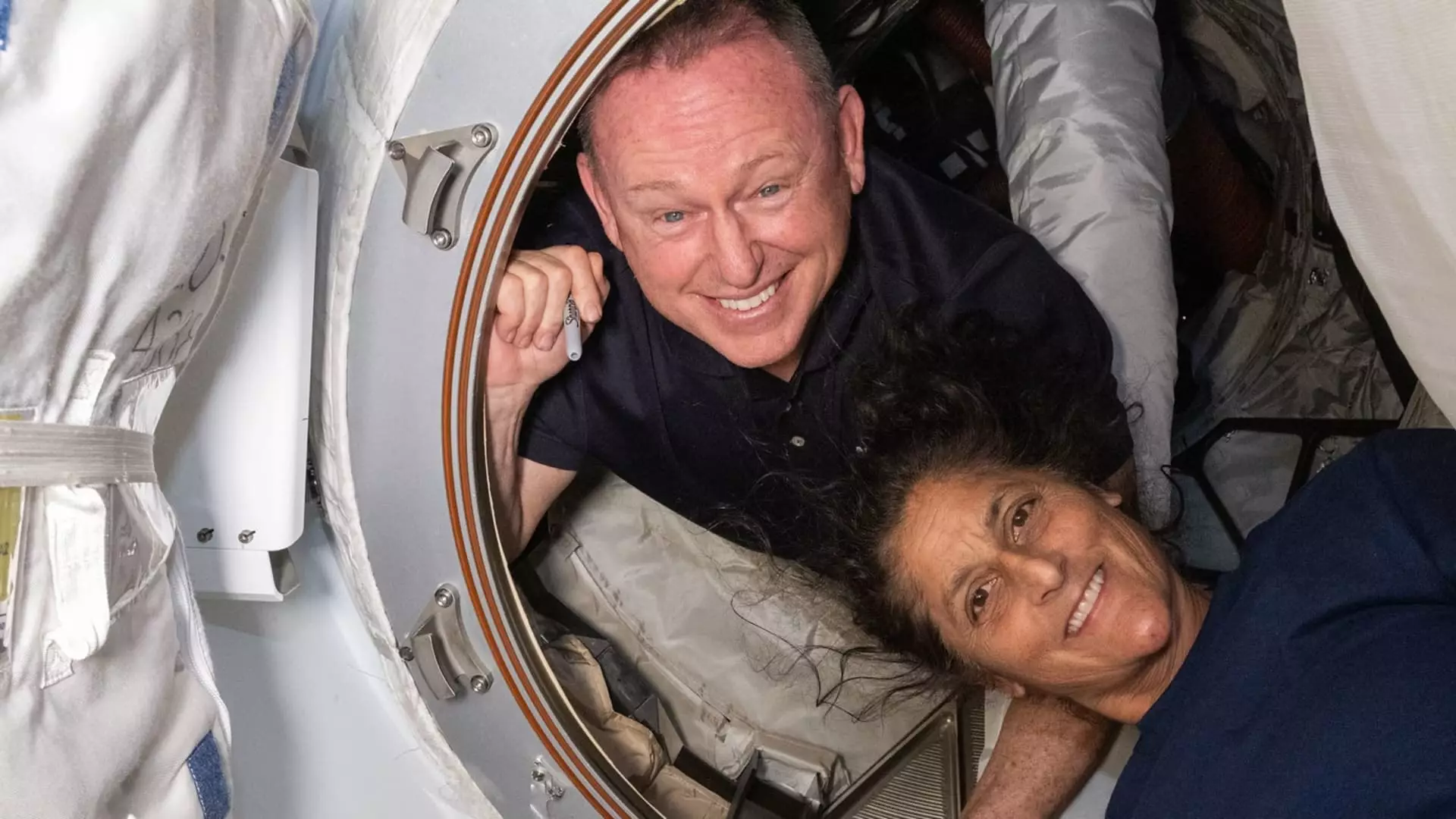Boeing’s Starliner capsule has faced numerous setbacks in its journey to and from the International Space Station (ISS). In a surprising turn of events, NASA announced that the capsule will return from the ISS without the NASA astronauts it initially delivered to orbit in early June. This decision marks a significant shift for both NASA and Boeing, as the organizations had previously touted Starliner as the primary choice for returning crew members safely to Earth.
One of the major hurdles faced by Starliner during its mission was related to its propulsion system. The crew flight test, which was intended as the final major milestone in the spacecraft’s development, encountered issues that ultimately led to the decision to bring the capsule back empty. This setback highlights the complexities involved in space travel and serves as a reminder of the inherent risks associated with such missions.
Despite assurances from Boeing that Starliner was safe for crew members to fly home in case of an emergency, NASA ultimately determined that the risks outweighed the benefits of using the capsule for the return trip. This decision was based on a “technical disagreement” between NASA and Boeing regarding the evaluation of risk factors. While NASA expressed support for Boeing’s efforts, safety remained the top priority in determining the course of action for bringing the crew back to Earth.
The setbacks experienced by Starliner raise questions about the future of crewed missions to the ISS and the role of commercial space travel in that landscape. With SpaceX’s Dragon spacecraft poised to bring astronauts back to Earth in September, the focus has shifted towards ensuring the success and safety of future missions. NASA’s commitment to understanding the root causes of Starliner’s issues and implementing design improvements underscores the agency‘s dedication to maintaining crew access to the ISS.
Boeing’s Starliner capsule, named “Calypso,” has been a central figure in NASA’s Commercial Crew program. However, with the ongoing challenges faced by the spacecraft, Boeing’s future involvement in the program is uncertain. The significant losses incurred by the company, amounting to over $1.5 billion, highlight the financial risks associated with space exploration and the need for continued innovation and improvement in spacecraft technology.
The setbacks experienced by Boeing’s Starliner capsule serve as a sobering reminder of the complexities and challenges involved in space travel. As NASA and its commercial partners navigate the intricacies of crewed missions to the ISS, safety and reliability remain paramount. The decision to bring Starliner back from the ISS empty underscores the importance of thorough testing and evaluation in ensuring the success of future missions. While the road ahead may be fraught with obstacles, the pursuit of space exploration and discovery continues to inspire and captivate us all.

